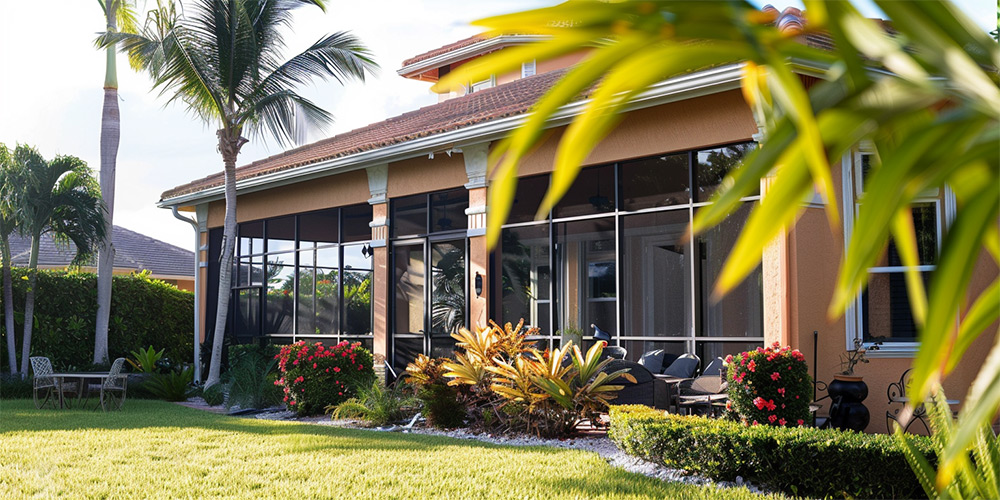2025 Hurricane Season
2025 Hurricane Season
If you evacuate your home, DO NOT LEAVE YOUR PETS OR ANIMALS BEHIND. It is unlikely for pets or larger animals to survive on their own.
1. Pet Identification and Documents:
Ensure all pets wear collars with ID tags with up-to-date contact information.
Microchip your pets if not already done, and confirm that your contact information is up-to-date in the registry.
Prepare an information sheet for each pet, including a photo, description, medical conditions, and the contact information for your veterinarian. Store this digitally and in a waterproof container.
2. Pet Emergency Kit:
Include a leash and harness. These are essential for keeping your pet safe and secure, especially when their routine is disrupted.
Add calming products if your pet is anxious during storms. This might include pheromone sprays, anxiety wraps, or toys that can help distract and calm them.
Prepare a portable pet carrier labeled with your contact information. Each pet should have its own carrier.
Stock a two-week supply of pet food and water specifically for your pets, to ensure you have enough in case supplies run short.
3. Accommodation Planning:
Research pet-friendly accommodations in advance in and outside your immediate area. Make a list of potential refuges that accept pets, including hotels, motels, friends, and family.
Create a list of boarding facilities and veterinary offices that might be able to shelter animals in disaster emergencies; include 24-hour contact numbers.
4. Training and Behavior:
Keep your pets’ routine as normal as possible in the lead-up to and during a storm to help manage their stress.
Practice loading your pets into their carriers and vehicles ahead of time so they become accustomed to the process and equipment.
Teach your pets basic commands such as “come” or “stay,” which can be crucial in emergency situations.
Florida Hurricane Evacuations: Often, evacuations are mandated with little notice. If you’re directed to evacuate, it is vital to leave immediately. Your emergency plan should include:
Florida Hurricane Shelters: Identify both general population and special needs shelters in your area. Remember, not all individuals with disabilities qualify for special needs shelters.


For those in Broward County, specific resources include:
These maps and resources help residents understand their specific risk and prepare accordingly. Not a Broward County resident? Click here to find more Disaster Preparedness Maps for other Florida counties.

The State Assistance Information Line (SAIL) at 1-800-342-3557 is activated during emergencies, providing Floridians with a reliable source for up-to-date information during disasters.
Prepare for a hurricane in Florida